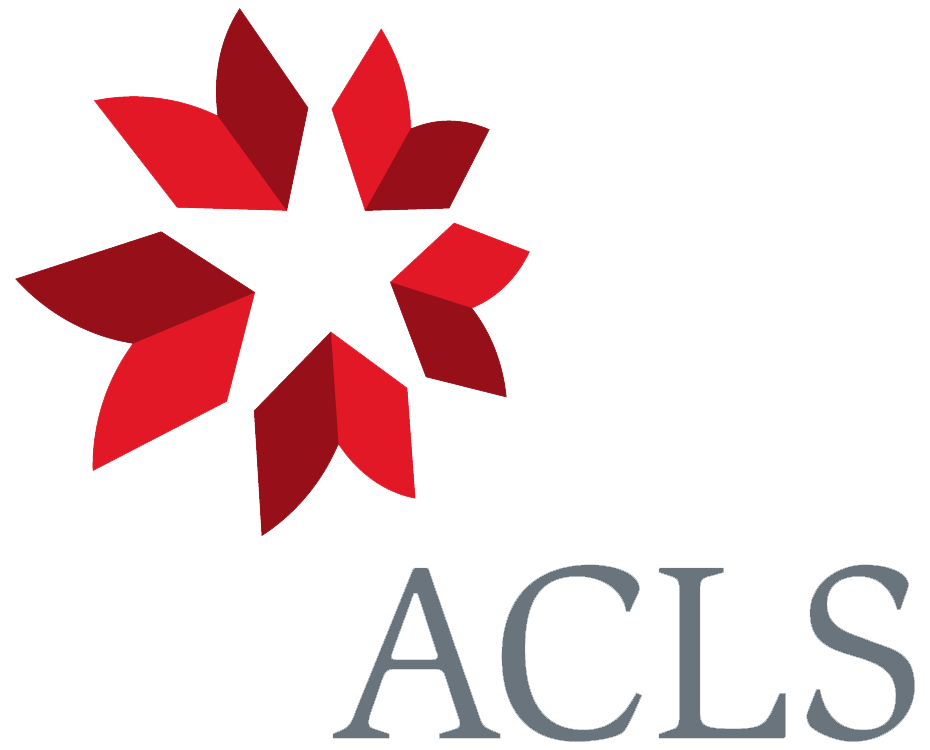To T. H. Farrer 13 October [1872]1
at Miss Woodington’s | The Common | Sevenoaks
Oct 13th
My dear Mr Farrer
I must send you a line to say how extremely good your article appears to me to be.2 It is even better than I thought, & I remember thinking it very good.3 I am particularly glad of the excellent summary of evidence about the common pea, as it will do for me hereafter to quote.4
Nocturnal insects will not do.5 I suspect that the aboriginal parent had bluish flowers. I have seen several times Bees visiting common & Sweet peas, & yet vars., purposely grown close together, hardly ever intercross. This is a point which for years has half driven me mad, & I have discussed it in my Var. of Animals & Plants under Dom:.—6 I now suspect (& I wish I had strength to experimentise next Spring) that from changed climate both species are prematurely fertilised & therefore hardly ever cross. When artificially crossed by removal of own pollen in bud, the offspring are very vigorous.
Farewell,— I wish I could compel you to go on working at fertilisation instead of so insignificant a subject as the commerce of the country!7 You pay me a very pretty compliment at the beginning of your paper.8 | Yours very sincerely | Ch. Darwin.
Have you read the very curious article on Instinct in the same Nature?9 That on parthenogenesis is also very good.—10 It is a wonderful number.—
Footnotes
Bibliography
Correspondence: The correspondence of Charles Darwin. Edited by Frederick Burkhardt et al. 29 vols to date. Cambridge: Cambridge University Press. 1985–.
Farrer, Thomas Henry. 1872. On the fertilisation of a few common papilionaceous flowers. Nature, 10 October 1872, pp. 478–80, and 17 October 1872, pp. 498–501.
Lankester, Edwin Ray. 1872. Siebold’s new researches in parthenogenesis. Nature, 10 October 1872, pp. 483–5, and 24 October 1872, pp. 523–5.
ODNB: Oxford dictionary of national biography: from the earliest times to the year 2000. (Revised edition.) Edited by H. C. G. Matthew and Brian Harrison. 60 vols. and index. Oxford: Oxford University Press. 2004.
Variation: The variation of animals and plants under domestication. By Charles Darwin. 2 vols. London: John Murray. 1868.
Summary
THF’s article in Nature ["The fertilisation of a few papilionaceous flowers", 6 (1872): 478–80, 498–501] is extremely good.
Suspects he now has answer to why common peas and sweetpeas hardly ever intercross, a point which half drove CD mad for years.
Letter details
- Letter no.
- DCP-LETT-8557
- From
- Charles Robert Darwin
- To
- Thomas Henry Farrer, 1st baronet and 1st Baron Farrer
- Sent from
- Sevenoaks
- Source of text
- Linnean Society of London (LS Ms 299/18)
- Physical description
- ALS 4pp
Please cite as
Darwin Correspondence Project, “Letter no. 8557,” accessed on 16 April 2024, https://www.darwinproject.ac.uk/letter/?docId=letters/DCP-LETT-8557.xml
Also published in The Correspondence of Charles Darwin, vol. 20


